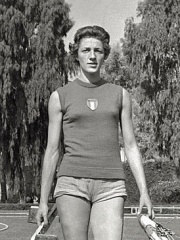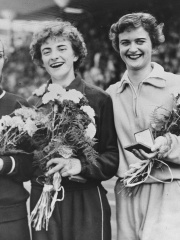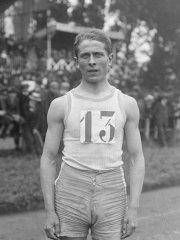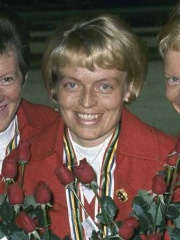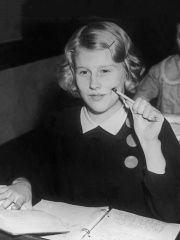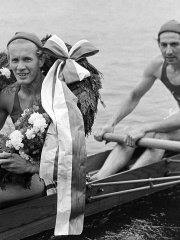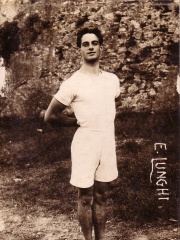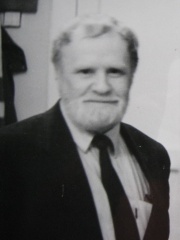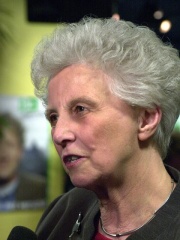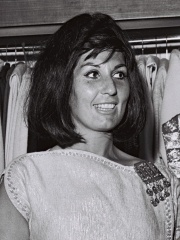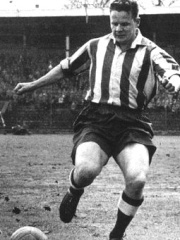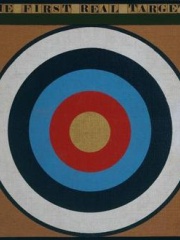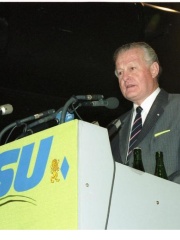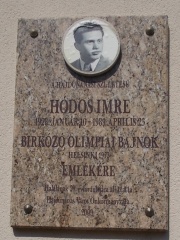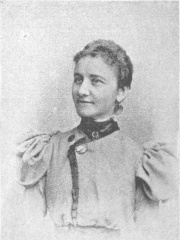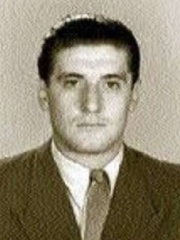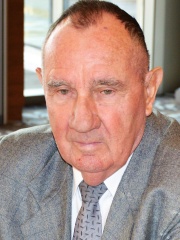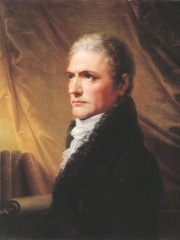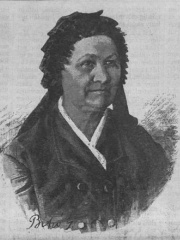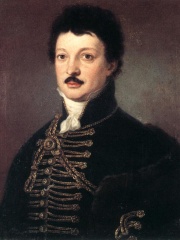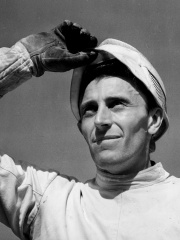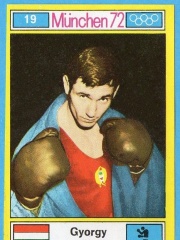ATHLETE
Dániel Magay
1932 - Today

 Dániel Magay
Dániel Magay
Dániel Magay (born April 6, 1932, in Szeged, Hungary) is a Hungarian former sabre fencer. He is known for being part of the Hungarian team which won the gold medal at the 1956 Melbourne Olympics. Read more on Wikipedia
His biography is available in different languages on Wikipedia. Dániel Magay is the 1,625th most popular athlete (up from 1,721st in 2019), the 727th most popular biography from Hungary (up from 755th in 2019) and the 75th most popular Hungarian Athlete.
Memorability Metrics
Page views of Dániel Magay by language
Among ATHLETES
Among athletes, Dániel Magay ranks 1,625 out of 6,025. Before him are Giuseppina Leone, Nadezhda Khnykina-Dvalishvili, Naohiro Ikeda, John Norton, Ursula Knab, and René Lorain. After him are Babben Enger-Damon, Natalya Goncharova, Ferenc Németh, Marjorie Gestring, Evert Gunnarsson, and Emilio Lunghi.
Most Popular Athletes in Wikipedia
Go to all RankingsGiuseppina Leone
1934 - Present
HPI: 53.50
Rank: 1,619
Nadezhda Khnykina-Dvalishvili
1933 - Present
HPI: 53.50
Rank: 1,620
Naohiro Ikeda
1940 - 2021
HPI: 53.50
Rank: 1,621
John Norton
1893 - 1979
HPI: 53.50
Rank: 1,622
Ursula Knab
1929 - 1989
HPI: 53.49
Rank: 1,623
René Lorain
1900 - 1984
HPI: 53.48
Rank: 1,624
Dániel Magay
1932 - Present
HPI: 53.48
Rank: 1,625
Babben Enger-Damon
1939 - Present
HPI: 53.48
Rank: 1,626
Natalya Goncharova
HPI: 53.48
Rank: 1,627
Ferenc Németh
1936 - Present
HPI: 53.47
Rank: 1,628
Marjorie Gestring
1922 - 1992
HPI: 53.47
Rank: 1,629
Evert Gunnarsson
1929 - 2022
HPI: 53.47
Rank: 1,630
Emilio Lunghi
1887 - 1925
HPI: 53.47
Rank: 1,631
Contemporaries
Among people born in 1932, Dániel Magay ranks 459. Before him are Bruno Visintin, Aladár Kovácsi, Vasily Belov, Els Borst, Alma Cogan, and Gösta Sandberg. After him are Sidney Verba, Marguerite Pindling, Joe Arpaio, Peter Blake, Dany Carrel, and Max Streibl.
Others Born in 1932
Go to all RankingsBruno Visintin
ATHLETE
1932 - 2015
HPI: 53.66
Rank: 453
Aladár Kovácsi
ATHLETE
1932 - 2010
HPI: 53.63
Rank: 454
Vasily Belov
WRITER
1932 - 2012
HPI: 53.61
Rank: 455
Els Borst
POLITICIAN
1932 - 2014
HPI: 53.60
Rank: 456
Alma Cogan
SINGER
1932 - 1966
HPI: 53.59
Rank: 457
Gösta Sandberg
SOCCER PLAYER
1932 - 2006
HPI: 53.58
Rank: 458
Dániel Magay
ATHLETE
1932 - Present
HPI: 53.48
Rank: 459
Sidney Verba
POLITICAL SCIENTIST
1932 - 2019
HPI: 53.44
Rank: 460
Marguerite Pindling
POLITICIAN
1932 - Present
HPI: 53.38
Rank: 461
Joe Arpaio
POLITICIAN
1932 - Present
HPI: 53.37
Rank: 462
Peter Blake
PAINTER
1932 - Present
HPI: 53.37
Rank: 463
Dany Carrel
ACTOR
1932 - Present
HPI: 53.32
Rank: 464
Max Streibl
POLITICIAN
1932 - 1998
HPI: 53.29
Rank: 465
In Hungary
Among people born in Hungary, Dániel Magay ranks 727 out of 1,077. Before him are Imre Hódos (1928), Gabriele Possanner (1860), Róbert Antal (1921), Antal Kiss (1935), János Batsányi (1763), and Teréz Karacs (1808). After him are Ferenc Németh (1936), Dániel Berzsenyi (1776), Pál Simon (1881), Dominik Szoboszlai (2000), József Gelei (1938), and Tibor Pézsa (1935).
Others born in Hungary
Go to all RankingsImre Hódos
WRESTLER
1928 - 1989
HPI: 53.60
Rank: 721
Gabriele Possanner
PHYSICIAN
1860 - 1940
HPI: 53.59
Rank: 722
Róbert Antal
ATHLETE
1921 - 1995
HPI: 53.57
Rank: 723
Antal Kiss
ATHLETE
1935 - 2021
HPI: 53.57
Rank: 724
János Batsányi
WRITER
1763 - 1845
HPI: 53.57
Rank: 725
Teréz Karacs
WRITER
1808 - 1892
HPI: 53.52
Rank: 726
Dániel Magay
ATHLETE
1932 - Present
HPI: 53.48
Rank: 727
Ferenc Németh
ATHLETE
1936 - Present
HPI: 53.47
Rank: 728
Dániel Berzsenyi
WRITER
1776 - 1836
HPI: 53.46
Rank: 729
Pál Simon
ATHLETE
1881 - 1922
HPI: 53.41
Rank: 730
Dominik Szoboszlai
SOCCER PLAYER
2000 - Present
HPI: 53.39
Rank: 731
József Gelei
SOCCER PLAYER
1938 - Present
HPI: 53.39
Rank: 732
Tibor Pézsa
FENCER
1935 - Present
HPI: 53.37
Rank: 733
Among ATHLETES In Hungary
Among athletes born in Hungary, Dániel Magay ranks 75. Before him are Árpád Bárány (1931), József Kovács (1926), József Csermely (1945), Aladár Kovácsi (1932), Róbert Antal (1921), and Antal Kiss (1935). After him are Ferenc Németh (1936), Pál Simon (1881), György Gedó (1949), Imre Farkas (1935), Ferenc Török (1935), and Elemér Somfay (1898).
Árpád Bárány
1931 - Present
HPI: 53.80
Rank: 69
József Kovács
1926 - 1987
HPI: 53.79
Rank: 70
József Csermely
1945 - Present
HPI: 53.73
Rank: 71
Aladár Kovácsi
1932 - 2010
HPI: 53.63
Rank: 72
Róbert Antal
1921 - 1995
HPI: 53.57
Rank: 73
Antal Kiss
1935 - 2021
HPI: 53.57
Rank: 74
Dániel Magay
1932 - Present
HPI: 53.48
Rank: 75
Ferenc Németh
1936 - Present
HPI: 53.47
Rank: 76
Pál Simon
1881 - 1922
HPI: 53.41
Rank: 77
György Gedó
1949 - Present
HPI: 53.10
Rank: 78
Imre Farkas
1935 - 2020
HPI: 52.64
Rank: 79
Ferenc Török
1935 - Present
HPI: 52.63
Rank: 80
Elemér Somfay
1898 - 1979
HPI: 52.61
Rank: 81
